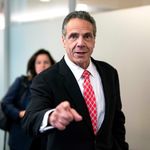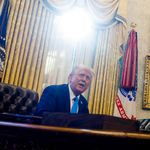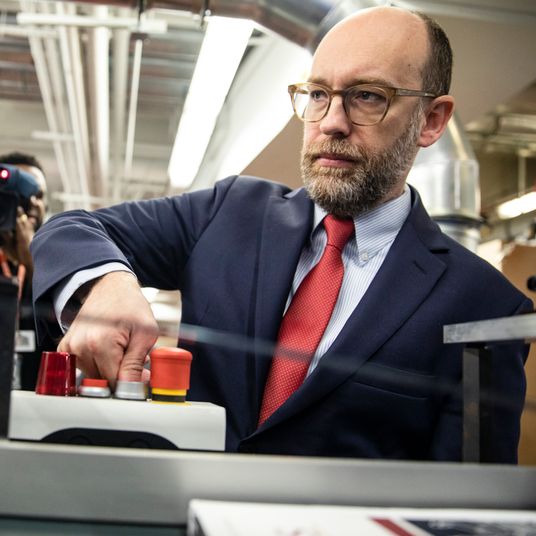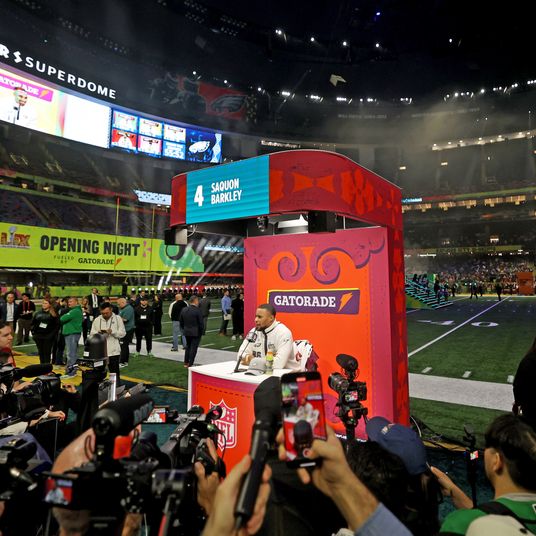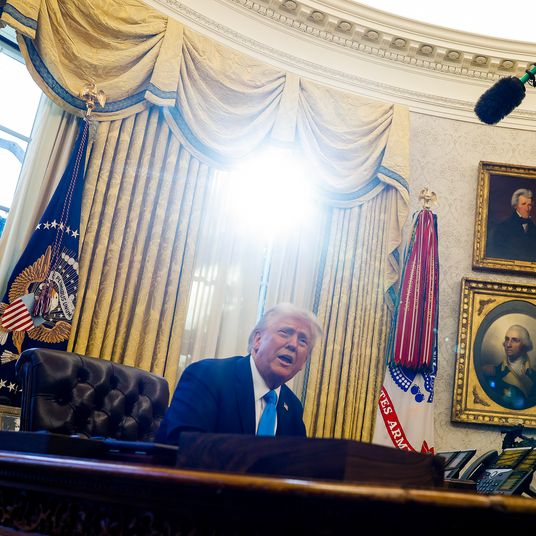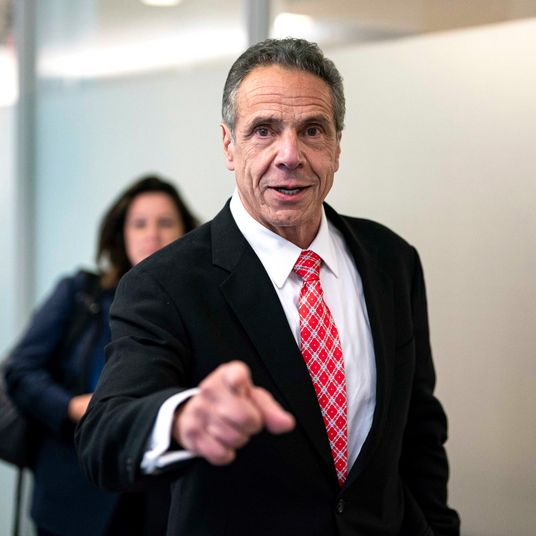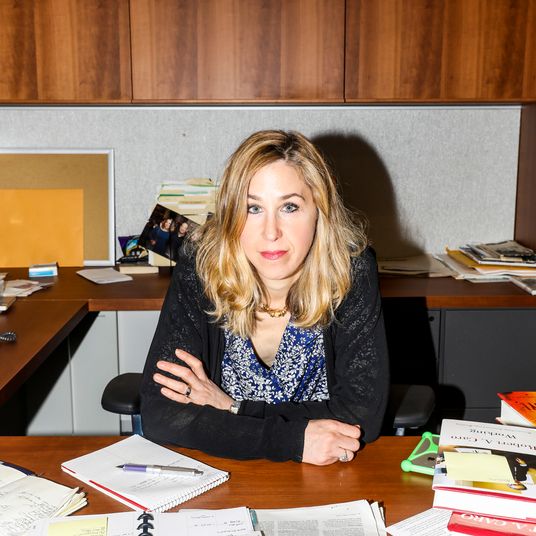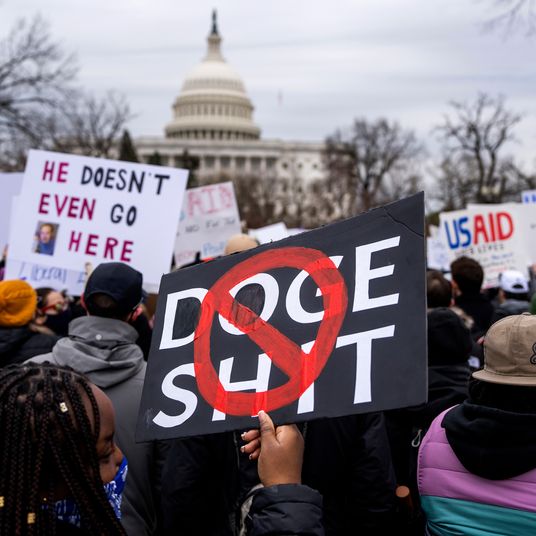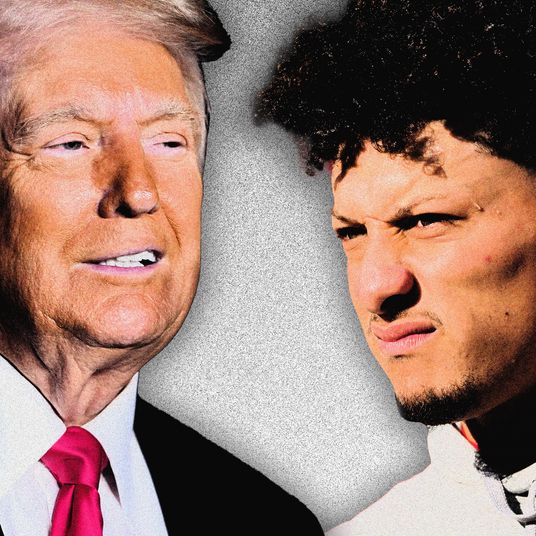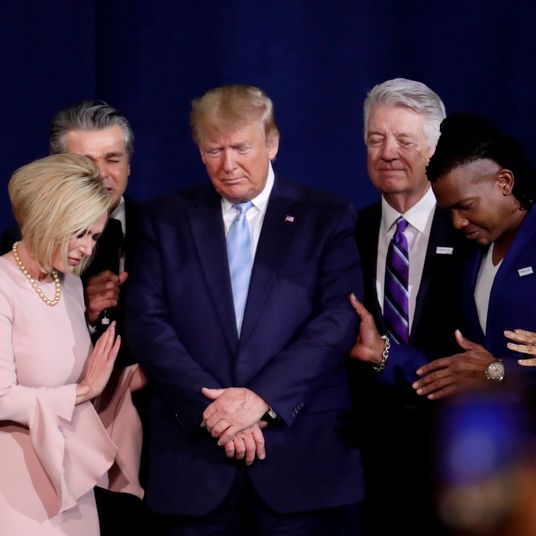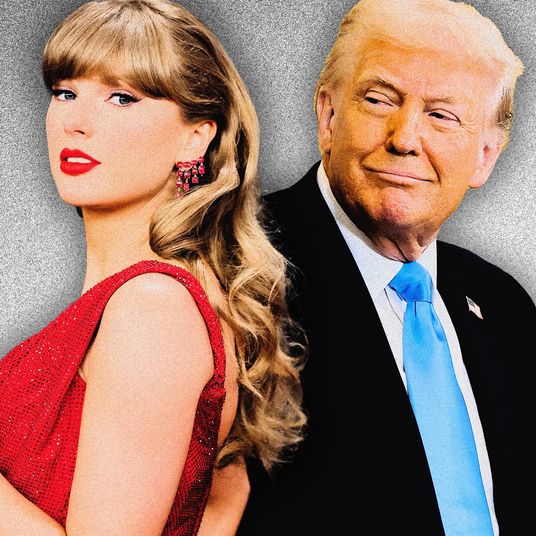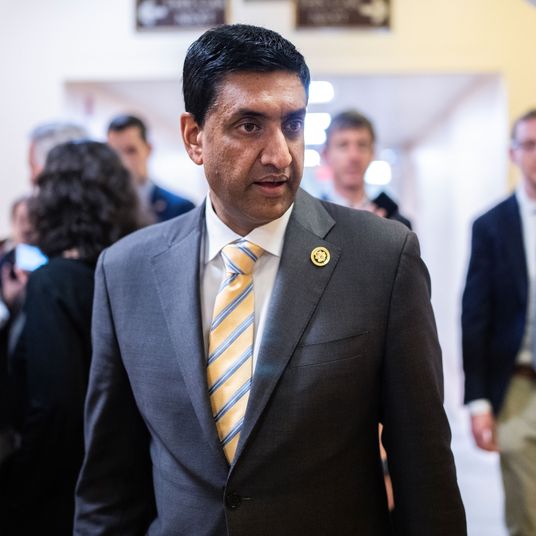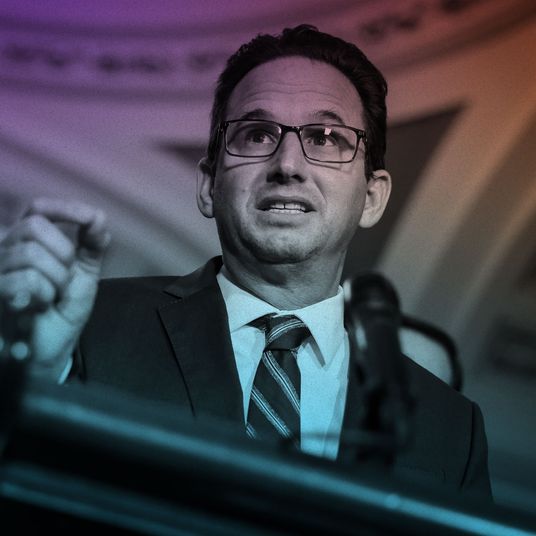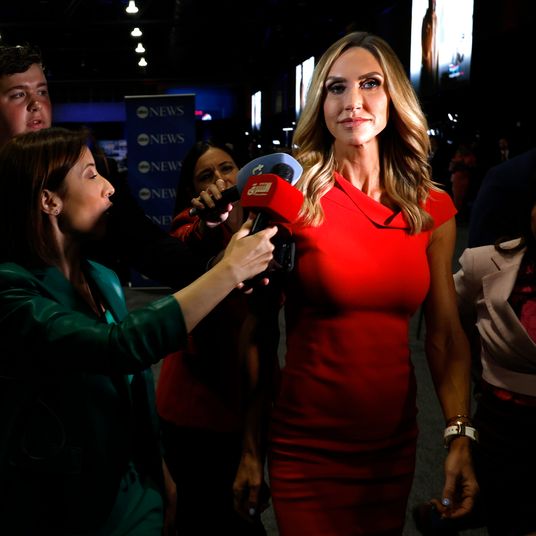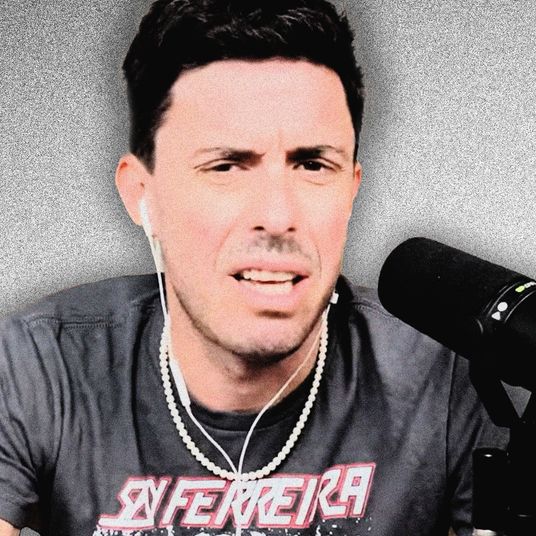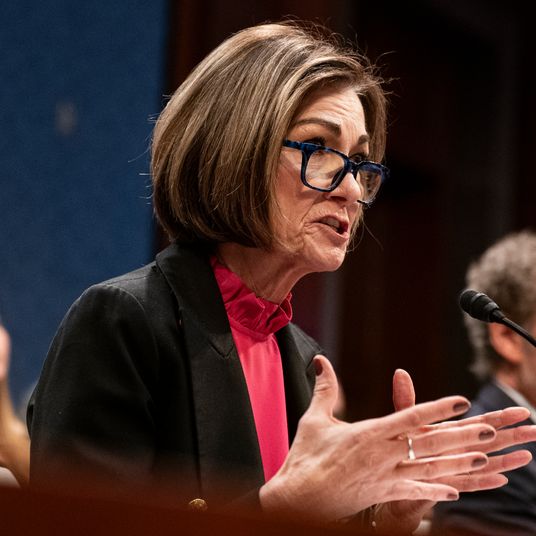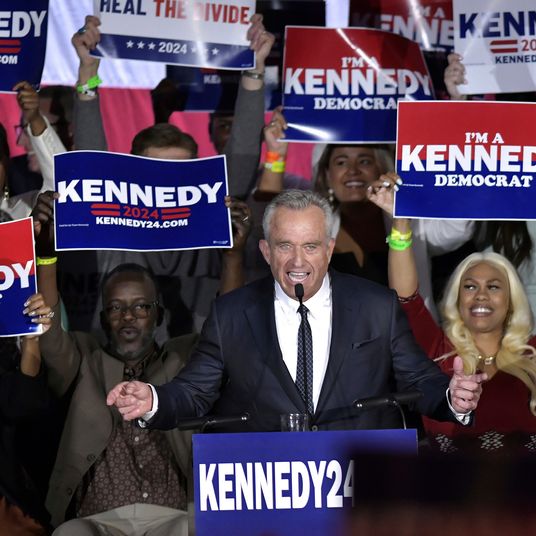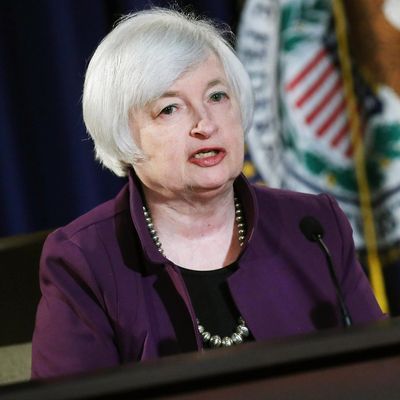
The story of the recovery up until this point has largely gone something like this: Every month, new data would show a crummy Main Street and a booming Wall Street. We would hear about how wage growth was scant and thousands of people were dropping out of the labor force. Then we would hear about corporate profits hitting new highs, as the value of any number of assets — stocks, bonds, real estate, venture-backed start-ups, parking spots, yachts, what have you — swelled. It was like there were two economies: the booming one inhabited by corporations and the rich, and the busted one inhabited by everyone else.
Until now. This summer a big reversal has taken place. Financiers and investors have started wiping their brows and pulling at their collars, their portfolios threatened, their safe havens feeling not so safe. Average citizens, on the other hand, have kept a tentative smile plastered on their faces. For them things increasingly feel normal, good, boring. This is the uneasy economic context in which the members of the Federal Open Market Committee decided not to raise interest rates today, still uncertain that those two economies taken together are strong enough for the Fed to warrant tightening monetary policy up.
Let’s examine what’s happening on Main Street first. It’s not that the recovery seems to have accelerated much of late: Job growth has held mostly steady, for instance, and wage growth continues to disappoint even as it picks up just a little. Rather, it is that enough time has passed that the actual state of the economy has started to look more normal. The unemployment rate is flirting with its pre-recession low. Initial claims for unemployment insurance are at their lowest level since the early 1970s, meaning that businesses are not shedding employees. Gas prices are down, leaving money in households’ pockets. Consumer confidence has looked up, too. Your average area man is feeling as good as he has in the post-recession period, and with good reason.
But in the corporate and financial economy, things have started to feel queasy. The so-called fear index — a measure of market volatility — has spiked upward. Stock prices have corrected. Credit has gotten more expensive. Investors are holding on to cash, in the same way they did in the panicked year of 2008. Surveys of financiers and corporate managers have darkened considerably. Investors’ “risk-off stance has intensified,” concluded Michael Hartnett, chief investment strategist at BofA Merrill Lynch Global Research. In English, that means investors are clamoring for safety rather than pushing money out there.
What is causing all the doom and gloom? A few things. For one, China — and the numerous emerging-market countries whose growth depends on it — has faltered, meaning a trade slowdown and market drama. A broad range of multinationals who have relied on foreign consumers to keep profits healthy stand to feel China’s pain, from fast-food chains to car companies to technology and entertainment businesses. Already, a number of big blue-chip American companies have downgraded their earnings to account for the slowdown overseas, like Caterpillar.
Then there’s the nagging sense that valuations have just gotten too high in the United States, and that they probably are not justified on the basis of earnings going forward: A closely followed price-earnings ratio devised by the Yale economist Robert Shiller currently sits at 24, far above the long-term average of 15, well into the kind of heady territory that normally precedes a big slump. “Stocks are extremely expensive and will eventually revert toward historical means, probably via a sharp correction of 30 percent to 50 percent,” argues Henry Blodget, one of the loudest bears around. (The gentle alternative to that quick market correction, he thinks, would be years and years of crummy returns.)
There are also concerns about a bubble in tech, particularly in sudsy, sudsy San Francisco and Silicon Valley. There, investors seem to have been plowing private money into companies at valuations that the public market would not support, leading companies to hold off on their initial public offerings of stock. (As of July, only eight venture-backed companies had gone public this year, versus 115 in 2014.) On top of that, start-ups have been burning through mountains of cash at astonishingly quick rates. The tide might already be going out, as evidenced by the dead fish starting to wash ashore: Homejoy, Zirtual, and at least 32 other start-ups folded this year.
Granted, if the tech bubble bursts, there is good reason to think the effects might be acute rather than diffuse: Unlike in 2000, a relatively small group of rich people and institutions would take the brunt of the hit. Let’s take a look at who has funded all of these unicorns. Public pensions are one of the primary fonts of cash for Silicon Valley, but they are so enormous that they generally apportion only a percentage point or two or three of their assets to venture capital. Foundations and endowments are another major source of money, and a bubble bursting might sting them badly. But they also tend to be fairly well diversified. Then we have family offices, funds of funds, corporations — all of these are investors who frankly could stand to lose every last penny. Our average area man does not have too much direct or indirect exposure.
If the stock market writ large continues to sputter, the effects would of course be greater, hitting pensions, forcing companies to scale back investments, sapping rich families of their net worth, and deflating consumer confidence. But there is one strange silver lining. Our area man did not really take part in the recovery-era carnival of soaring stock prices and fat corporate profits. The wealthiest 10 percent of households own 80 percent of the stocks, measured by value, and more than 90 percent of business equity and financial securities. It is those families that are feeling the worst of the pain right now, and would continue to feel the worst of the pain if things went really bad. In other words, the same inequality that gave our area man a major case of the blahs through the recovery might shelter him through a soft spell or downturn.
But that is not to say there is no way that the current financial-economy blues could end up infecting our sunny, rosy real economy — which brings us back to Janet Yellen and her fellow policymakers at the Fed. You could make a case for raising rates if there were any sign of the real economy overheating, like spiking inflation or strong wage growth. But inflation is actually below the Fed’s own target level, and the dropping jobless rate has not yet pushed wages up. You could also make a case for raising rates if there were strong signs of a bubble in the markets. But they seem to be self-correcting, and investor skepticism abounds.
On top of that, the Fed expressed some serious concern that one big threat is aimed at rich and poor, corporations and households alike: the slowdown abroad. “The recovery from the Great Recession has advanced sufficiently far and domestic spending has been sufficiently robust that an argument can be made for a rise in interest rates at this time,” Yellen said at a press conference today. But “heightened uncertainness” coming from overseas convinced her and her colleagues to wait. This summer’s big reversal, in other words, could turn into this fall’s big slowdown, one that could drag everyone down with it.



